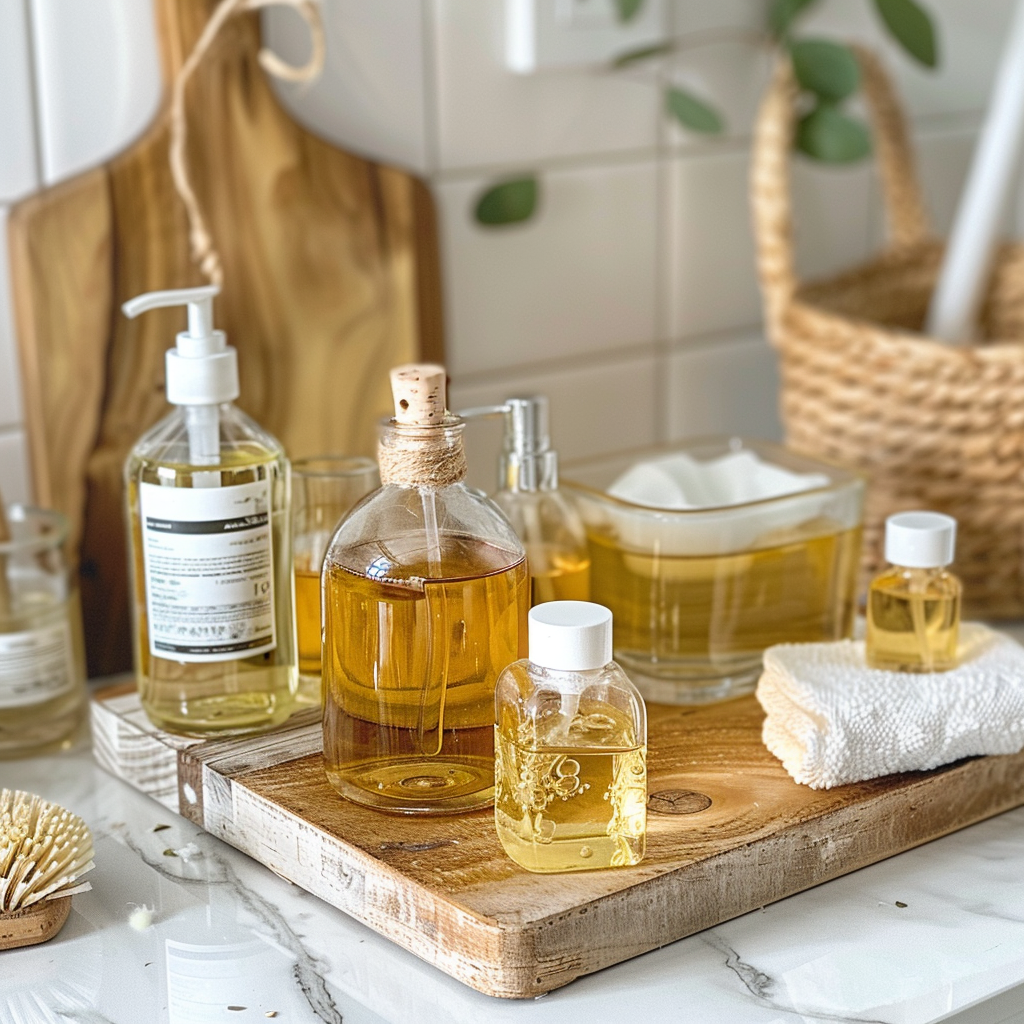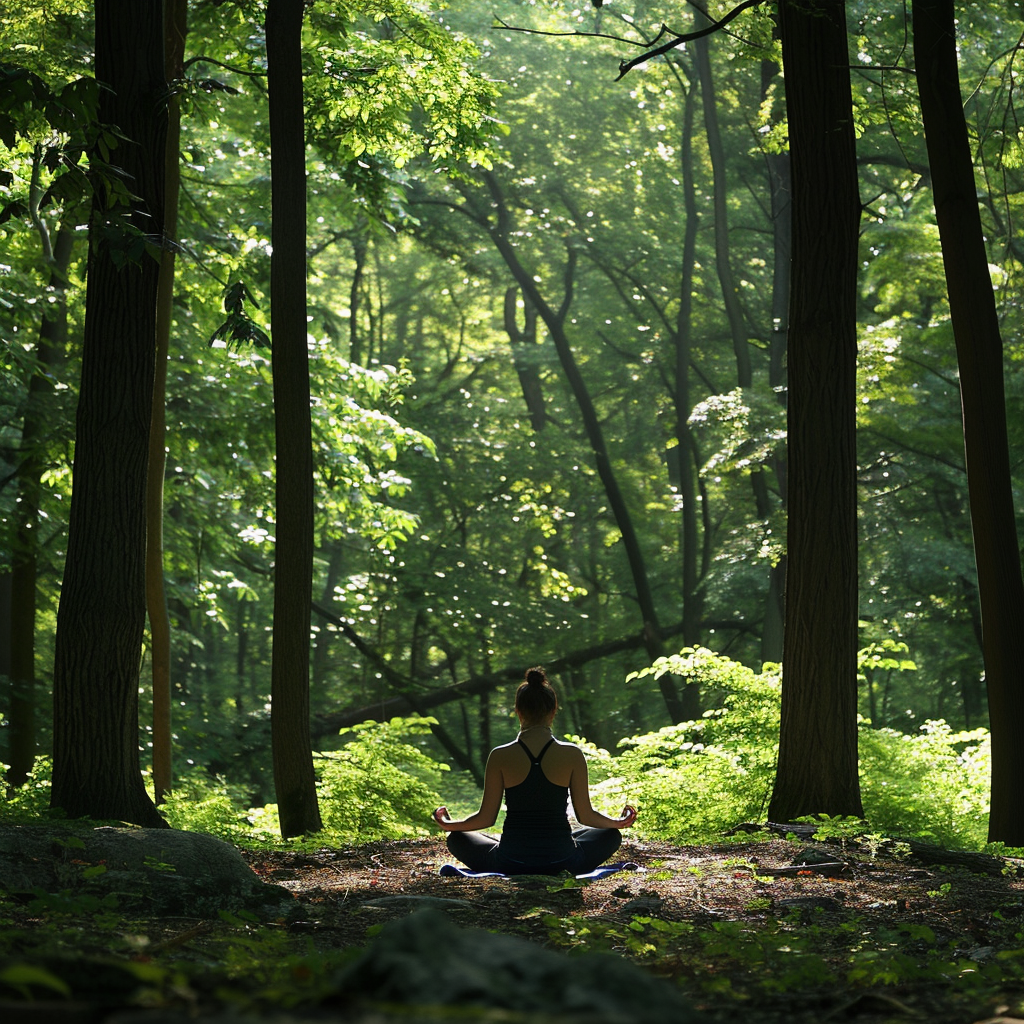This post contains affiliate links. I may earn a commission from purchases made through these links. I only recommend products I've personally used. Your trust is important, and I aim to provide valuable recommendations. Thank you for your support!
In our modern world, our bodies and homes are often burdened with hidden toxins from various sources — from the food we eat to the products we use daily. Reducing these toxins can lead to significant health benefits, including increased energy, better digestion, and a lower risk of disease. Here’s a comprehensive step-by-step guide to help you minimize your toxin exposure and embrace a healthier lifestyle.
Step 1: Purify Your Water

Why: Tap water can contain contaminants like chlorine, lead, and other chemicals.
How:
Invest in a high-quality water filter for your home. Learn more about the types of water filters and their benefits here. Choose filters certified to remove contaminants found in your local water supply. Stay hydrated with filtered water to help your body naturally detoxify. For a detailed comparison of various water filtration systems, check out our guide on Choosing the Right Water Filter.
Step 2: Opt for Organic and Whole Foods

Why: Pesticides and chemicals are often used in conventional agriculture, and processed foods can contain harmful additives.
How:
Shop for organic produce to avoid pesticide exposure. Check out our guide on Understanding Organic Labels. Prioritize whole foods over processed items to reduce intake of artificial ingredients. Clean your fruits and vegetables thoroughly, even if they’re organic.
For information on the health benefits of organic produce, you can visit the Organic Center’s website at https://www.organic-center.org/why-organic-research. There, you’ll find a wealth of research-backed insights into the advantages of organic farming practices and their positive impact on human health.
Step 3: Clean Up Your Kitchen

Why: Kitchenware can be a source of toxins like BPA and phthalates, especially in plastic containers and non-stick pans.
How:
Replace plastic containers with glass or stainless steel options. Use cast iron, stainless steel, or ceramic cookware instead of non-stick. Avoid microwaving food in plastic to prevent chemical leaching. Consider replacing plastic storage bags with eco-friendly alternatives, such as beeswax wrapping paper, which can be used to wrap food items like sandwiches, fruits, and vegetables. Beeswax wrapping paper is reusable, biodegradable, and helps keep food fresh without the need for harmful plastics.
Step 4: Rethink Personal Care Products

Why: Many beauty and personal care products contain chemicals that can be absorbed by your skin.
How:
Choose natural and organic skincare and beauty products. Read labels and avoid products with parabens, phthalates, and synthetic fragrances. Consider DIY beauty treatments with natural ingredients.
Step 5: Green Your Cleaning Routine

Why: Household cleaning products can contain a myriad of chemicals.
How:
Opt for natural cleaning products or make your own with ingredients like vinegar, baking soda, and essential oils. Use microfiber cloths instead of chemical-laden disposable wipes. Regularly ventilate your home to reduce indoor air pollutants.
Step 6: Improve Indoor Air Quality
Why: Indoor air can be more polluted than outdoor air, containing toxins from paint, furniture, and carpeting.
How:
Use air-purifying plants to naturally clean the air. Maintain a no-shoes policy indoors to prevent tracking in pesticides and pollutants. Consider an air purifier, especially if you live in a high-pollution area or have allergies.
Step 7: Detoxify Your Body

Why: Regular detoxification supports your body’s natural ability to cleanse itself.
How:
Engage in regular physical activity to encourage sweating, which helps release toxins. Practice dry brushing to stimulate the lymphatic system, helping it naturally detox. Explore detoxifying practices like sauna use or drinking detox teas (consult with a healthcare provider first).
Step 8: Minimize Digital Toxins

Why: Overexposure to digital screens can impact your mental and physical health.
How:
Implement screen-free times, especially before bed, to reduce blue light exposure. Use blue light filters on your digital devices. Prioritize real-world interactions and outdoor activities for a healthy balance.
Conclusion:
Eliminating toxins from your life is a journey of making mindful choices about what you eat, drink, breathe, and how you live. By taking these steps, you can reduce your toxic load and pave the way for a healthier, more vibrant life. Remember, small changes can lead to significant health improvements over time.


No responses yet